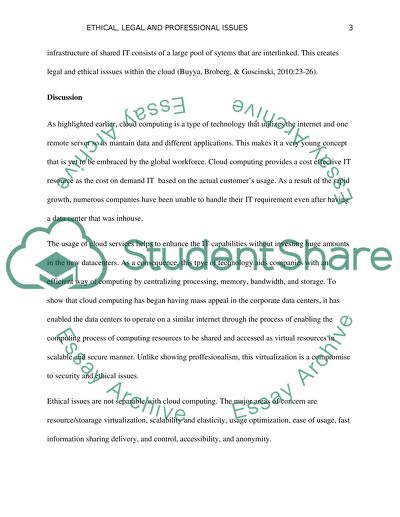Cite this document
(“CLOUD COMPUTING Research Paper Example | Topics and Well Written Essays - 1750 words”, n.d.)
CLOUD COMPUTING Research Paper Example | Topics and Well Written Essays - 1750 words. Retrieved from https://studentshare.org/information-technology/1474528-cloud-computing
CLOUD COMPUTING Research Paper Example | Topics and Well Written Essays - 1750 words. Retrieved from https://studentshare.org/information-technology/1474528-cloud-computing
(CLOUD COMPUTING Research Paper Example | Topics and Well Written Essays - 1750 Words)
CLOUD COMPUTING Research Paper Example | Topics and Well Written Essays - 1750 Words. https://studentshare.org/information-technology/1474528-cloud-computing.
CLOUD COMPUTING Research Paper Example | Topics and Well Written Essays - 1750 Words. https://studentshare.org/information-technology/1474528-cloud-computing.
“CLOUD COMPUTING Research Paper Example | Topics and Well Written Essays - 1750 Words”, n.d. https://studentshare.org/information-technology/1474528-cloud-computing.


